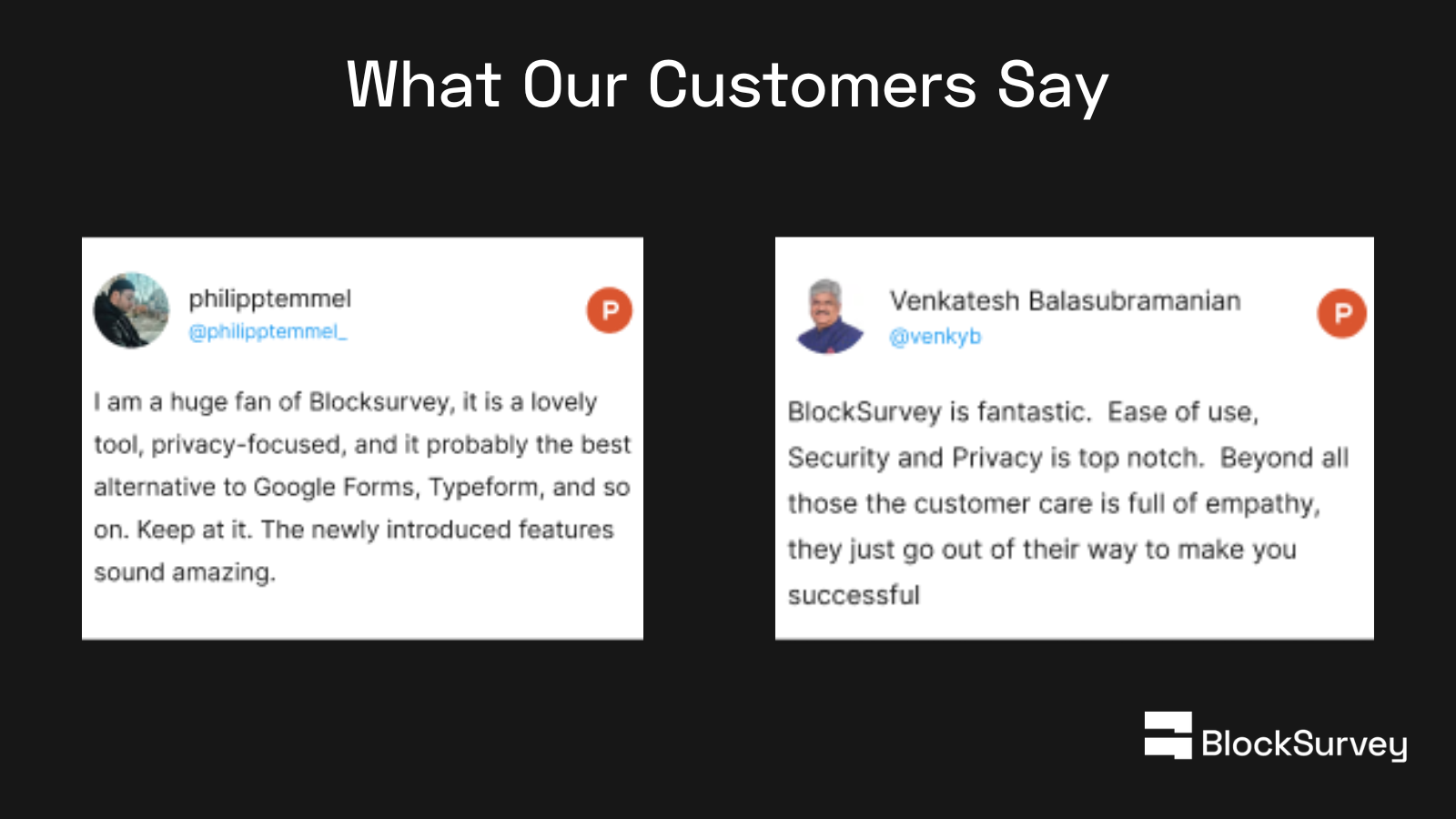Get insights.
Unlock value.
- 14-day free trial
- Set up in minutes
- No credit card required
What Is Sample Bias in AI Surveys? And How Instant Sample Generation Helps You Detect It Early
What is Sample Bias in AI Surveys? How to Catch It Early
Ever launched a survey, felt confident about the design, and then got results that made you think… Wait, this doesn’t look right?
That’s sample bias sneaking in. It happens when the data you collect doesn’t actually represent the people you meant to study. And it happens whether your survey is written by humans, assisted by AI, or pulled together in a rush. The problem isn’t just academic - survey bias can mislead your research, derail product decisions, and even create ethical blind spots.
Let’s break down why sample bias is such a big deal, why it’s way more common than people think (even with massive datasets), and how new tools can help you catch it early, before your insights get compromised.
Sample Bias Can Take Many Forms
Sample bias isn’t some minor stats hiccup. It’s the quiet way your survey ends up unrepresentative. And the worst part? You don’t notice it until you’ve already collected a pile of responses.
Here are the usual suspects:
- Sampling bias - Say you only reach urban users, but claim your survey reflects the whole country. Rural voices? Gone. In AI, that means your models will systematically miss entire groups.
- Participation (nonresponse) bias - Some groups just don’t answer. Older adults, marginalized communities, or privacy-conscious users often skip surveys, leaving gaps.
- Acquiescence bias - Around 10–20% of people will agree with whatever you put in front of them just to move faster.
- Social desirability bias - On sensitive topics, people give “nice” answers, not real ones. “Yes, I recycle every day.” Sure you do.
Sound familiar?
Why Catching Sample Bias Early Is Mission-Critical
Here’s the scary part: bias doesn’t just skew your charts. It can lead to huge, real-world mistakes.
Think about AI bias. Joy Buolamwini’s research showed that facial recognition software misidentified darker-skinned women 34.7% of the time compared to less than 1% for lighter-skinned men. That’s what happens when biased training data (sample bias at scale) flows into algorithms.
The lesson: if you don’t tackle sample bias early, you risk building your research or even your product on shaky ground.
Sample Bias Is Tricky - How AI can help?
Here’s why it’s tricky:
- Big data hides flaws - More responses ≠ better representation.
- Detection happens too late - Most people only notice bias after collecting real data. At that point, it’s already baked in.
- Survey design itself can be biased - The way you phrase questions or order options can subtly push people toward certain answers.
Basically, it’s invisible until you go looking for it. That’s where an AI-powered Survey Optimizer helps. Our AI Survey Optimizer doesn’t just flag errors - it analyzes your survey’s structure, wording, and flow to uncover hidden friction points, confusing wording, unclear phrasing, bias, and fatigue risks before you go live. So you can fine-tune your survey in advance.
Catch Bias Before It Happens: How Instant Sample Generation Protects Your AI Survey
And here’s the next level: once your survey is optimized, you can stress-test it with synthetic sample responses. BlockSurvey’s AI Sample Response Generator lets you instantly generate realistic responses, so you can see how different groups might answer before a single real respondent clicks “Start.”
Here’s why it’s a game-changer:
- See how people might actually respond - before launch
Generate test responses in seconds. If you see one group dominating or certain options never being picked, you’ve spotted a bias issue early.
- Catch flawed or leading questions
Synthetic answers make it obvious if your wording nudges people toward one side. Easy to fix before it skews real data.
- Get more balanced answer choices
AI can suggest neutral, inclusive options that don’t push respondents into a corner.
- Fix flow and fatigue points
BlockSurvey’s AI Survey Optimizer scans for wording, logic, or order issues. You’ll see where people might get stuck, bored, or default to “yes” answers.
- Do it all privacy-first
No need to push test data out to third parties. It’s all in-platform, secure, and built for research integrity.

The Bottom Line
Sample bias is sneaky. You don’t see it until it’s already messed with your results. And by then, fixing it is a nightmare.
That’s why AI survey optimizer and AI instant sample generation are a must-have. It’s like a rehearsal for your survey - you get to see the cracks before you invite in your real audience.
With BlockSurvey, you’re not just collecting responses. You’re building trustworthy, bias-resistant insights that actually reflect reality. Book a demo to see it in action.
What Is Sample Bias in AI Surveys? And How Instant Sample Generation Helps You Detect It Early FAQ
What is sample bias in AI surveys?
Sample bias occurs when the participants in your AI survey don’t accurately represent the target population. This misrepresentation can distort your results and lead to flawed conclusions or biased AI models.
How does sample bias affect AI models?
AI models trained on biased data can produce unfair or inaccurate outcomes—especially if certain groups are underrepresented. For example, facial recognition systems have shown significantly lower accuracy for people of color due to biased training datasets.
How can I detect sample bias before launching a survey?
Using tools like BlockSurvey’s AI Sample Response Generator, you can simulate survey responses to spot imbalance, leading questions, and flow issues before real data is collected.
What are common causes of sample bias in surveys?
Key causes include: Limited sampling (e.g., only urban respondents) Nonresponse from privacy-conscious or marginalized users Poor question design Social desirability or acquiescence bias
Why use synthetic responses in survey design?
Synthetic responses let you preview how diverse groups might answer your questions. This helps identify issues early—like skewed options or default “yes” patterns—without compromising privacy or wasting resources.
Get insights.
Unlock value.
- 14-day free trial
- Set up in minutes
- No credit card required


